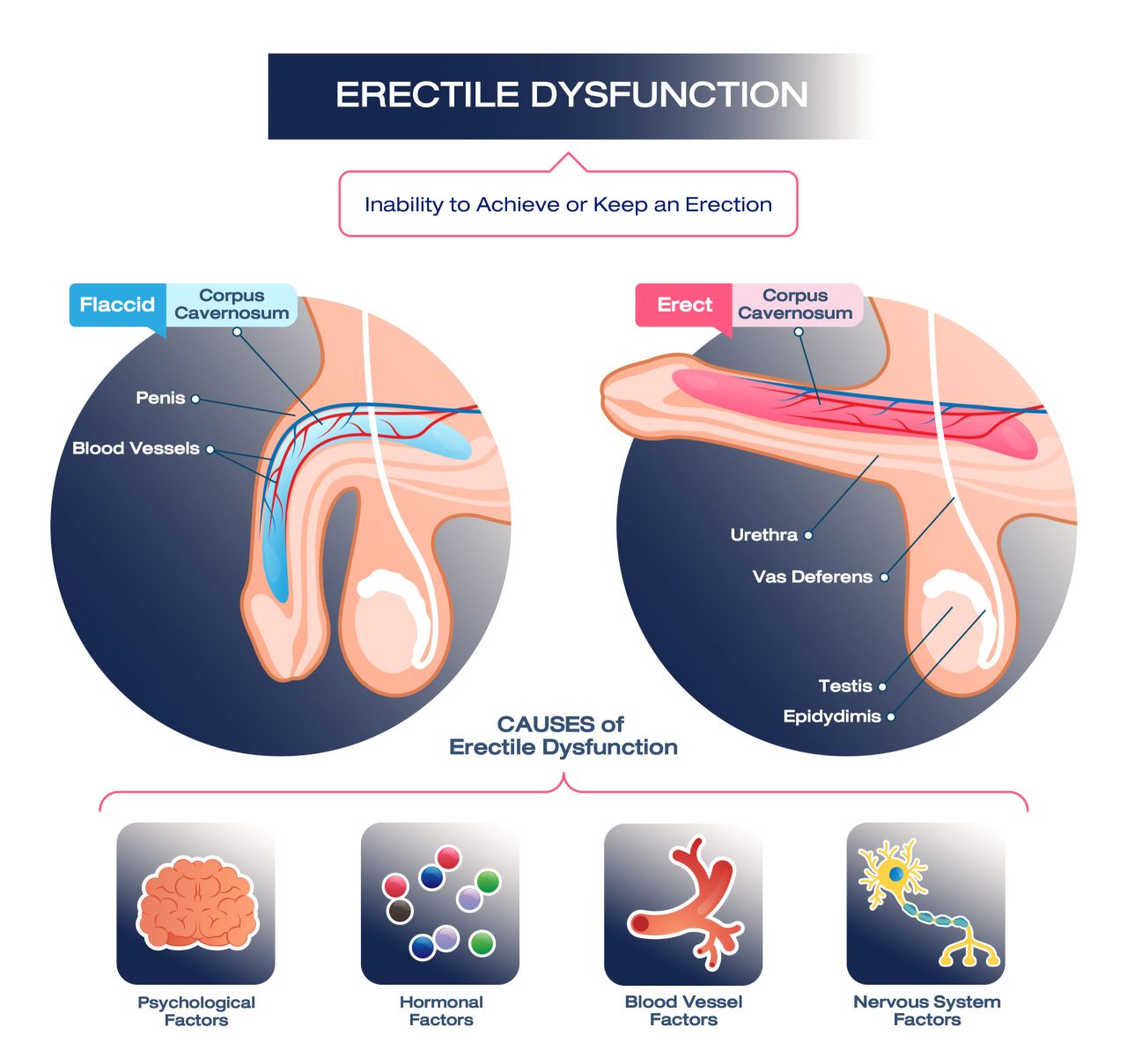EECP
EXTERNAL COUNTERPULSATION
Service we provide
External Counterpulsation (EECP)
EECP treatment is administered through three sets of cuffs that are applied around the calves, thighs, and buttocks. The cuffs inflate and deflate synchronized with the heartbeat using an electrocardiograph (ECG). EECP increases blood flow to the heart while stimulating the formation of new collaterals pathways (small branches of blood vessels around the heart) to allow a natural bypass around narrowed or blocked arteries. EECP treatments are administered daily for one hour for 7 continuous weeks resulting in years of benefit.
Non-invasive eecp therapy can help with virtually any condition In which poor cardiovascular circulation is a factor, including
High Blood Pressure
Chronic Fatigue
Diabetic Neuropathy
High Blood Pressure
Chronic Fatigue
Diabetic Neuropathy
Peripheral Vascular Disease
Heart Failure
Restless Leg Syndrome
EECP THERAPYCAN HELP ERECTILE DYSFUNTION (ED)
ONE OF THE BENEFITS OF EECP IS ERECTILE DYSFUNCTION (ED) WHILE REASONS FOR ED MAY VARY, ONE OF THE PRIMARY One of the benefits of eecp is erectile Dysfunction (ed) while reasons for ed may Vary, one of the primary causes behind ed is Poor circulation and blood flow, Since eecp effectively leads to healthyIncrease in circulation and blood pressure, Several studies have demonstrated how it Also leads to a reduction in ED

Ready to get our medical care? We’re always wait for serve you, Make an Appointment.
Eecp Prochedure
Enhanced External Counter Pulsation (EECP) Therapy is a non-invasive treatment for angina and heart failure. It involves using inflatable cuffs wrapped around the patient’s legs, thighs, and buttocks. Here’s a step-by-step breakdown of the procedure:
Preparation:
▶️ The patient is asked to lie down on a padded table.
▶️Electrocardiogram (ECG) electrodes are attached to monitor the heart’s activity throughout the procedure.
Blood pressure cuffs are placed on Enhanced External Counter Pulsation (EECP) Therapy is a non-invasive treatment for angina and heart failure. It involves using inflatable cuffs wrapped around the patient’s legs, thighs, and buttocks. Here’s a step-by-step breakdown of the procedure:
Preparation:
The patient is asked to lie down on a padded table.
Electrocardiogram (ECG) electrodes are attached to monitor the heart’s activity throughout the procedure.
Blood pressure cuffs are placed on the patient’s calves, thighs, and buttocks.
Cuff Inflation and Deflation:
The cuffs inflate sequentially, starting from the calves and moving upward to the thighs and buttocks.
The inflation is synchronized with the patient’s heartbeat. When the heart is in its resting phase (diastole), the cuffs inflate, which increases blood flow to the heart.
As the heart contracts (systole), the cuffs deflate, which reduces the heart’s workload and allows more blood to flow from the heart to the rest of the body.
Treatment Session:
A typical session lasts about one hour.
During the session, the cuffs inflate and deflate according to a predetermined pattern, typically synchronized with the patient’s cardiac cycle.
The pressure applied to the cuffs is carefully controlled to optimize blood flow to the heart without causing discomfort or injury to the patient.
Monitoring:
Throughout the procedure, the patient’s vital signs, including heart rate, blood pressure, and ECG, are monitored closely by trained medical staff.
Any signs of discomfort or adverse reactions are promptly addressed.
Frequency and Duration:
EECP therapy typically consists of multiple sessions, with each session lasting about an hour.
The total number of sessions varies depending on the patient’s condition and response to treatment. A typical course of therapy may involve 35 to 40 sessions, administered over several weeks.
Post-Procedure:
After each session, patients are encouraged to rest briefly before resuming normal activities.
It’s essential for patients to stay hydrated and follow any additional instructions provided by their healthcare provider.
Follow-Up:
Patients may require periodic follow-up appointments to assess their response to EECP therapy and make any necessary adjustments to their treatment plan.
EECP therapy aims to improve blood flow to the heart, reduce symptoms of angina, and enhance overall cardiovascular function. It’s often used in conjunction with other treatments, such as medication and lifestyle changes, to manage heart conditions effectively.the patient’s calves, thighs, and buttocks.
Cuff Inflation and Deflation:
The cuffs inflate sequentially, starting from the calves and moving upward to the thighs and buttocks.
The inflation is synchronized with the patient’s heartbeat. When the heart is in its resting phase (diastole), the cuffs inflate, which increases blood flow to the heart.
As the heart contracts (systole), the cuffs deflate, which reduces the heart’s workload and allows more blood to flow from the heart to the rest of the body.
Treatment Session:
A typical session lasts about one hour.
During the session, the cuffs inflate and deflate according to a predetermined pattern, typically synchronized with the patient’s cardiac cycle.
The pressure applied to the cuffs is carefully controlled to optimize blood flow to the heart without causing discomfort or injury to the patient.
Monitoring:
Throughout the procedure, the patient’s vital signs, including heart rate, blood pressure, and ECG, are monitored closely by trained medical staff.
Any signs of discomfort or adverse reactions are promptly addressed.
Frequency and Duration:
EECP therapy typically consists of multiple sessions, with each session lasting about an hour.
The total number of sessions varies depending on the patient’s condition and response to treatment. A typical course of therapy may involve 35 to 40 sessions, administered over several weeks.
Post-Procedure:
After each session, patients are encouraged to rest briefly before resuming normal activities.
It’s essential for patients to stay hydrated and follow any additional instructions provided by their healthcare provider.
Follow-Up:
Patients may require periodic follow-up appointments to assess their response to EECP therapy and make any necessary adjustments to their treatment plan.
EECP therapy aims to improve blood flow to the heart, reduce symptoms of angina, and enhance overall cardiovascular function. It’s often used in conjunction with other treatments, such as medication and lifestyle changes, to manage heart conditions effectively.
